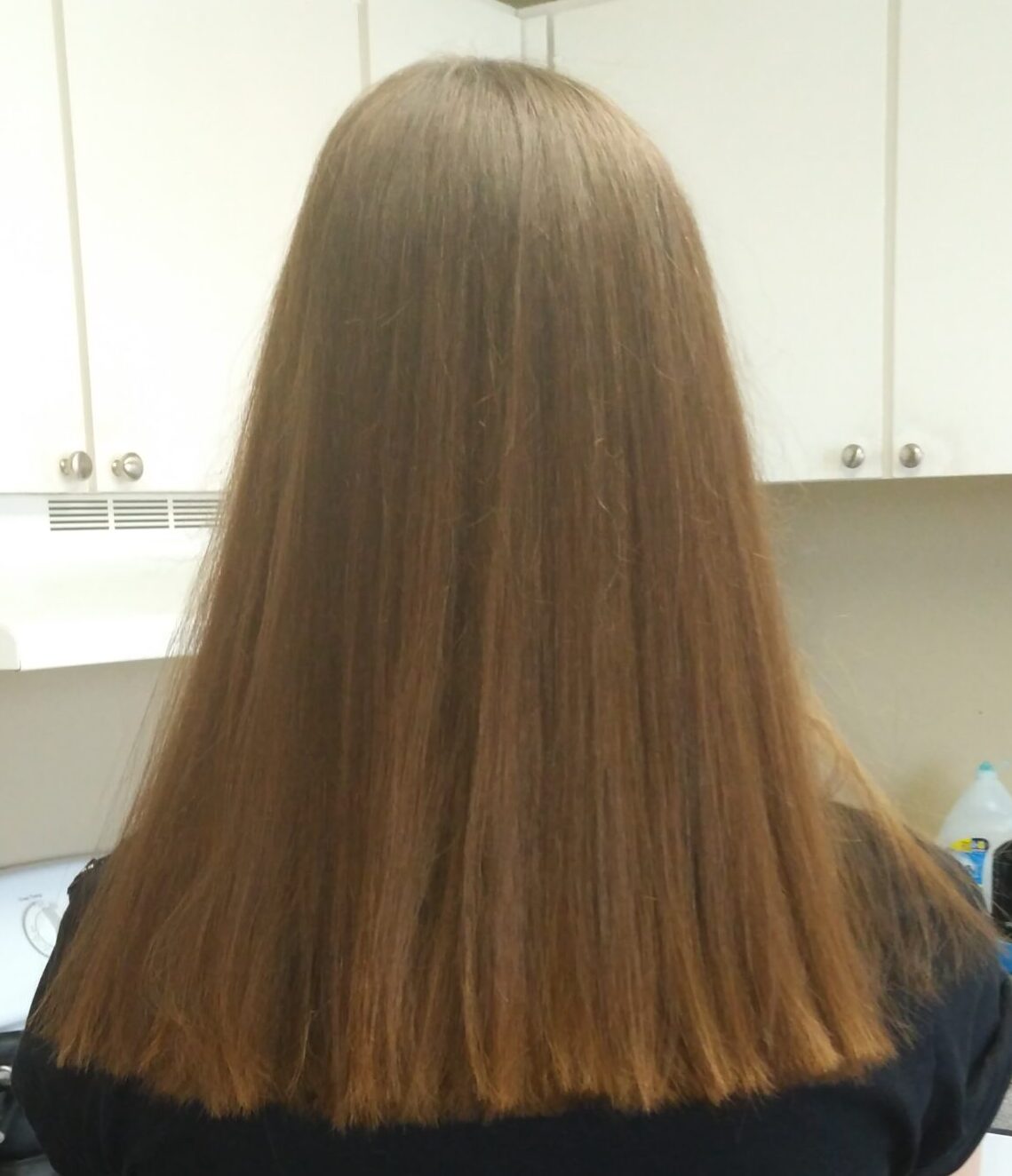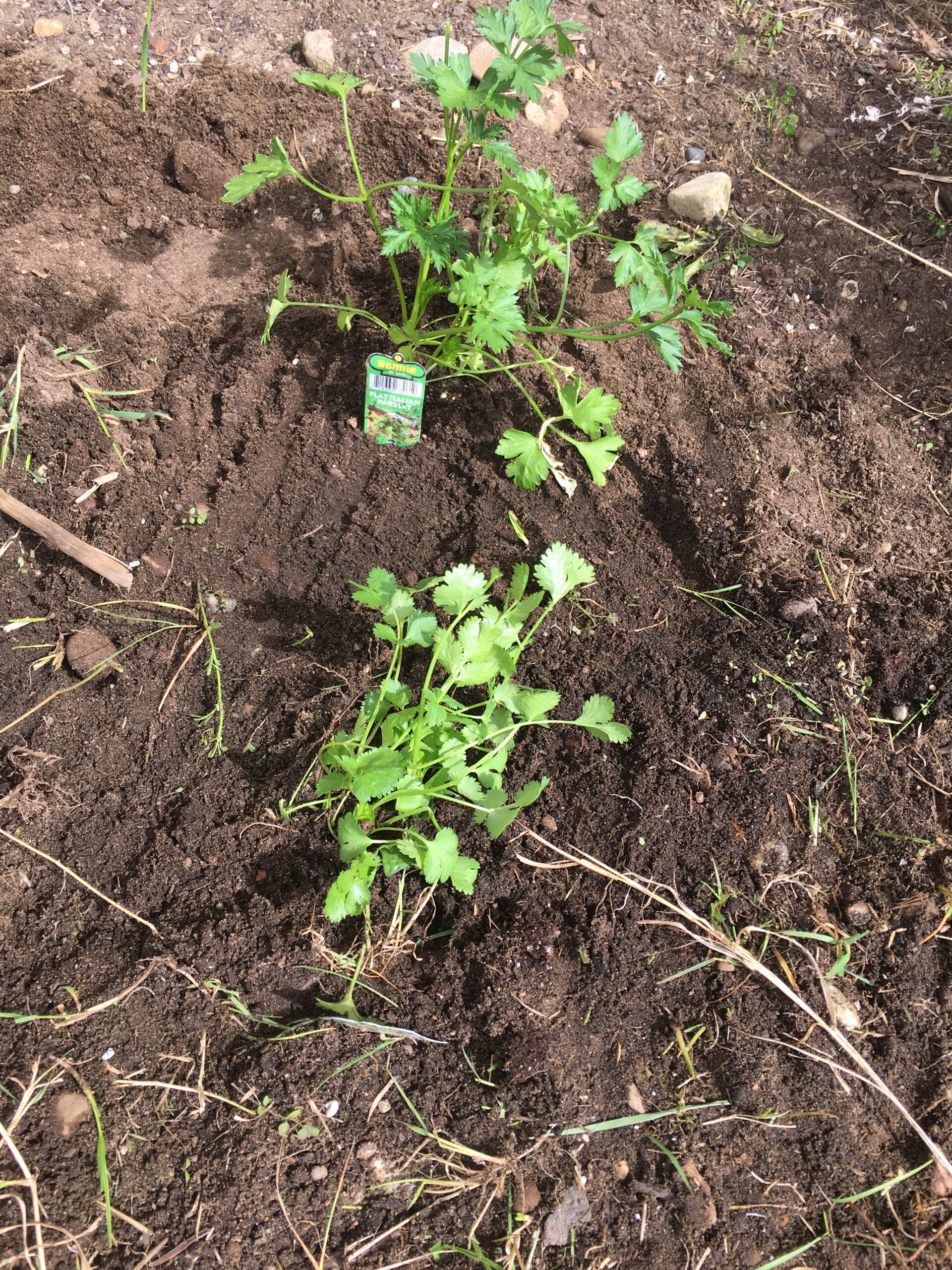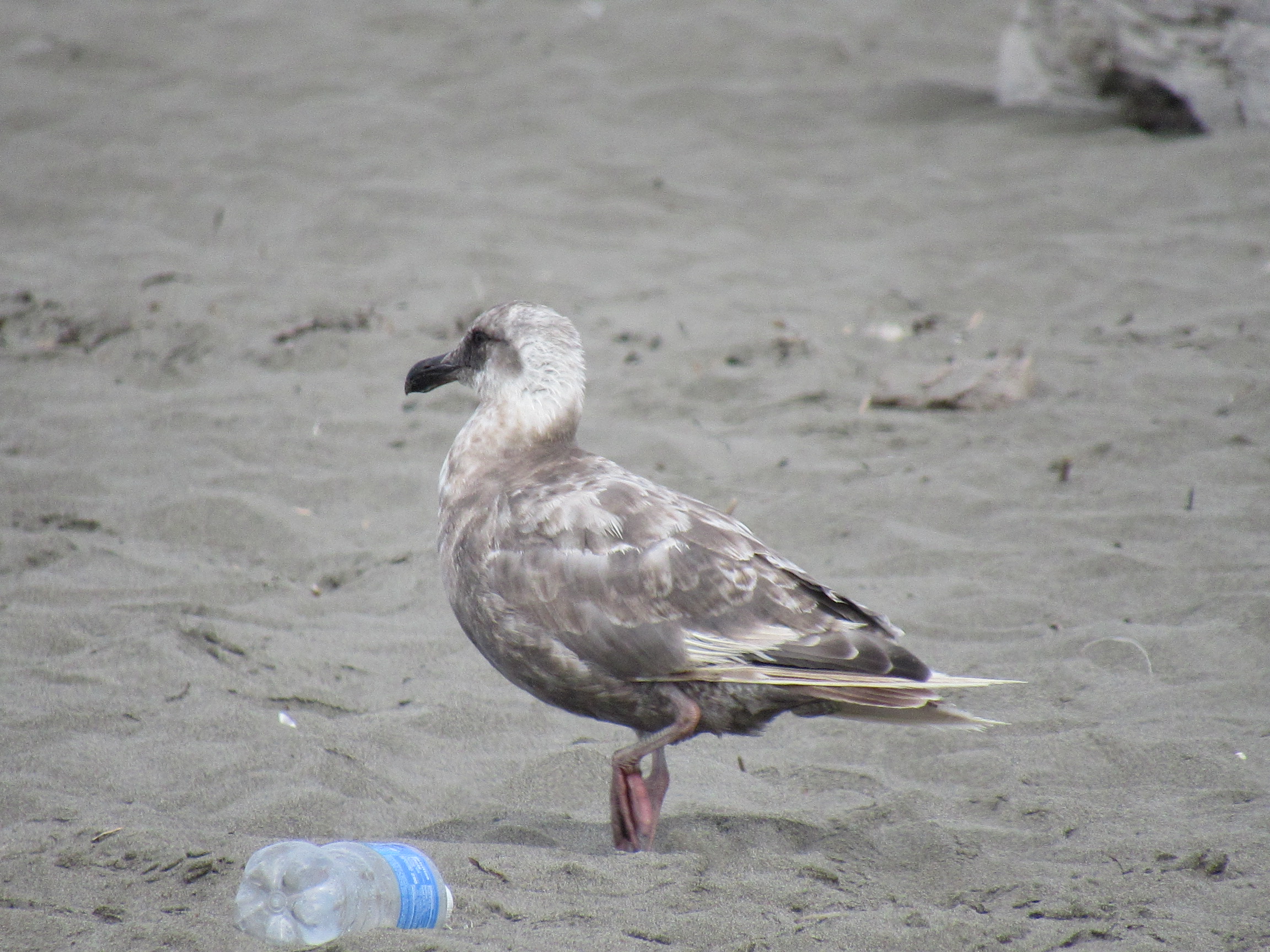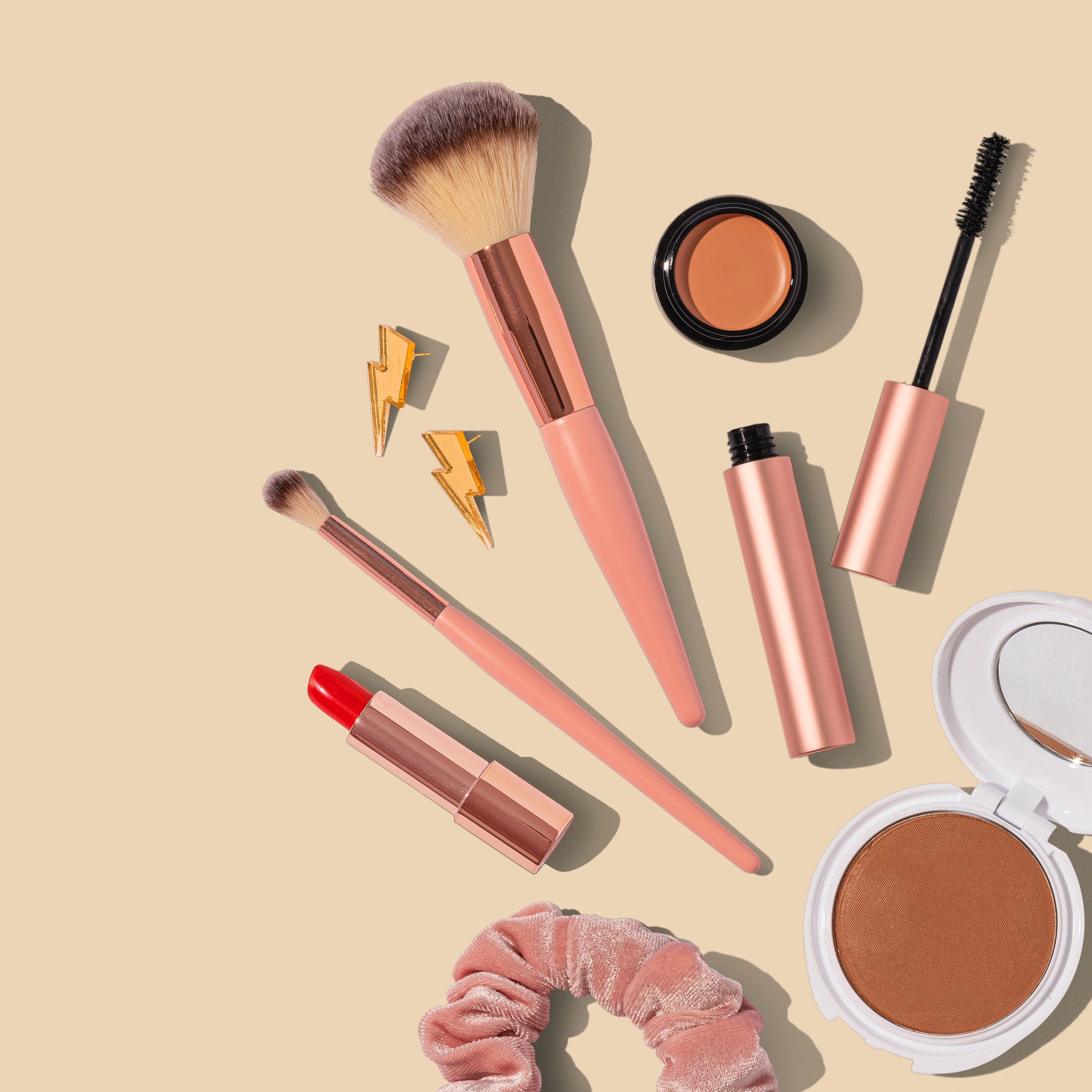Guest Post: A Beginner’s Guide to Clean Beauty
How To Pick Non-toxic Beauty Products for You and the Earth
In the United States, there are over 12,000 different chemicals that are approved for use in beauty products. While your cosmetics may seem simple, even a bottle of perfume can contain over 400 unique chemicals.
The safety of many of these chemicals has not been tested, and some chemicals with known health risks are still approved. Additionally, many chemicals that are toxic to humans are also toxic to the environment, including wildlife. When beauty products are disposed of in landfill, these toxic chemicals can leach into the air, soil or water and cause extremely damaging effects in the natural world.
In response, many women are turning to “clean beauty,” which includes using nontoxic products that don’t put their health at risk. In fact, clean beauty is becoming more and more popular. According to a 2019 poll, nearly half of women are already using clean beauty products. But, with so many beauty products available, it can be overwhelming to know where to start.
This simple guide will help you begin your journey with clean beauty. Learn which ingredients to avoid and how to pick safe, non-toxic beauty products.
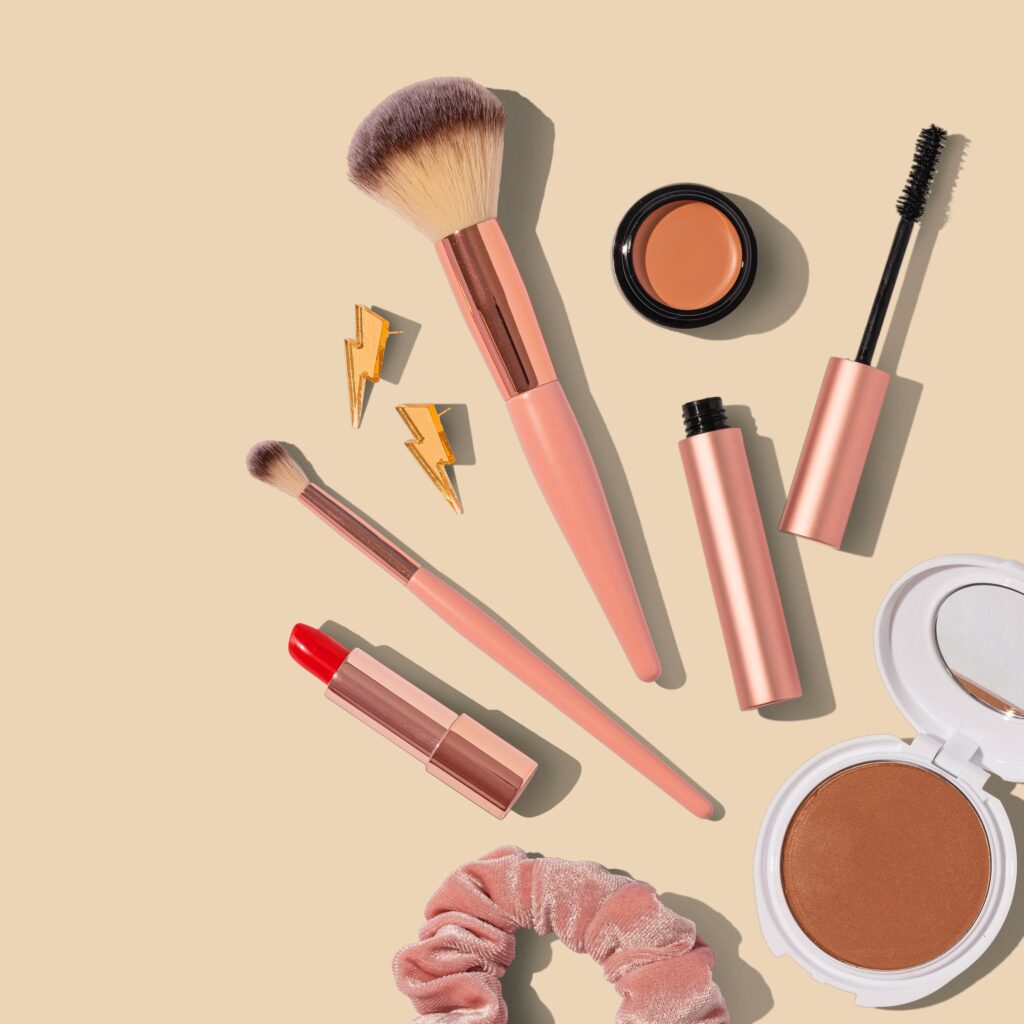
Beauty Ingredients to Avoid
While it’s difficult to evaluate every single chemical used in every single beauty product, there are some chemicals found in many beauty products that are known to cause health problems.
The following chemicals are some of the worst culprits when it comes to unsafe cosmetics. Many of these also cause negative impacts on the environment, either in production or after disposal.
Parabens – Parabens are used in cosmetics as a preservative and an antibacterial agent. While these chemicals help your makeup and other beauty products last longer, they also have serious health effects, such as disruption of the endocrine system and obesity.
Look out for ingredients that include: isopropyl-, isobutyl-, phenyl-, and benzyl-. These are common parabens used in cosmetics.
Formaldehyde – Formaldehyde is a naturally occurring compound used to preserve beauty products and protect against bacteria. Inhaling formaldehyde can cause cancer, which is a concern when it’s used in beauty products made of powder or spray.
Formaldehyde is often referred to by other names when used in ingredients, as other chemicals are used that eventually release formaldehyde. Chemicals that can release formaldehyde include: dimethoxymethane, methylene glycol, and paraformaldehyde.
Talc – Talc is a naturally occurring mineral used to absorb moisture or prevent caking in many powder-based beauty products, like baby powder, blush or powder foundation. Talc may contain asbestos, which, when inhaled, can cause ovarian and other types of cancer.
Look out for talc in the ingredients of your beauty products, and make sure not inhale those products.
Lead – Lead, one of the more famous toxic heavy metals, may be used in as much as 61% of lipsticks sold in the U.S. While the use of lead in cosmetics is banned in the EU, Japan, and Canada, it is not regulated in the United States.
Lead is not listed as an ingredient in lipstick, as the amounts are considered to be a trace ingredient. However, scientists report that there is no safe level of exposure to lead, as it can cause brain damage, reduced fertility, and damage to the hormonal system.
Petroleum – Petroleum, commonly used in personal care products as petrolatum, is perfectly safe when it is fully refined.
However, many beauty products in the U.S. contain petrolatum that has not been refined properly, which can expose you to polycyclic aromatic hydrocarbons (PAHs). According to the National Toxicology Program and the International Agency for Research on Cancer (IARC), PAHs likely cause cancer.
Petroleum may be referred to on the label as petrolatum, petroleum jelly, paraffin oil, or mineral oil. White petrolatum is considered safe for use.
Petroleum jelly is also ultimately derived from oil drilling, so its production process has extreme environmental effects, including contributing to climate change.
How to Avoid Toxins in Your Beauty Products
Read the Ingredients
The simplest step to buying safe beauty products is to read the ingredients. This step is also the hardest because, as we saw above, toxic ingredients might be listed under a different name. Additionally, because the beauty industry is largely self-regulated, it can be extremely difficult to get information on the ingredients used in your favorite products.
Reading ingredients can also be a daunting task because of the time it takes to thoroughly research each ingredient in your favorite mascara or moisturizer. After all, the average woman uses 12 beauty products every day, and many of us don’t have the time to review the ingredients for every single product we use.
However, there are several online databases that allow you to search for products and find information on their ingredients and overall safety. These databases take the difficulty out of reading every single product ingredient, and instead, let you search products for safety ratings.
For example, the California Department of Public Health’s Safe Cosmetics Program Product Database has a comprehensive database that includes safety information for 93,071 personal care products. Cosmetics companies voluntarily report their ingredients to the database so that customers can search for a specific product to see the ingredients that are included.

Avoid “Natural” Claims: “All-Natural” Beauty Does Not Mean Non-toxic
Just because a product’s ingredients are fully “natural” does not mean that they are safe. There are no federal regulations in the U.S. that make rules about what the label “natural” actually means.
For example, petroleum, formaldehyde and talc are naturally occurring substances, but all of these can cause severe health problems, as discussed above.
In reality, products with man-made (synthetic) ingredients may not only be safer, but they may work better also.
Buy Cosmetics That Have Been Tested Independently
Buy products whose safety claims have been tested by an unbiased third-party.
There is a concerning lack of legal requirements on the claims that companies can make about their beauty products. While this doesn’t apply to all companies, some beauty brands may advertise their products as non-toxic when this is not the case.
There is also no legal requirement to test beauty products for safety. However, some companies voluntarily choose to test their products.
Picking cosmetics that have been tested by a third party for health and safety and environmental impacts helps you make sure that the product not only works as it is supposed to, but that it doesn’t contain dangerous amounts of harmful chemicals.
Some brands will show a certificate to help consumers know their products have been tested and are safe. Legitimate certificates to look out for include the MadeSafe certificate and the EWG (Environmental Working Group) Verified stamp.
What Do I Do Next?
If you’ve already gotten your non-toxic beauty route down-pat, then there may be other steps you can take to take your dedication to clean beauty to the next level. Consider cutting out plastics in your beauty routine, or buying only ethically sourced beauty products. Your journey is just beginning!
Lena Milton is a freelance writer covering sustainability, health and environmental science. She writes to help consumers understand the environmental and ethical challenges in everyday life so we can find viable solutions for both.
Source: https://unsplash.com/photos/xwM61TPMlYk
Source: https://unsplash.com/photos/pBBxMUCgwuU




